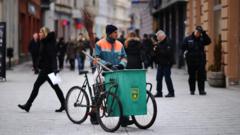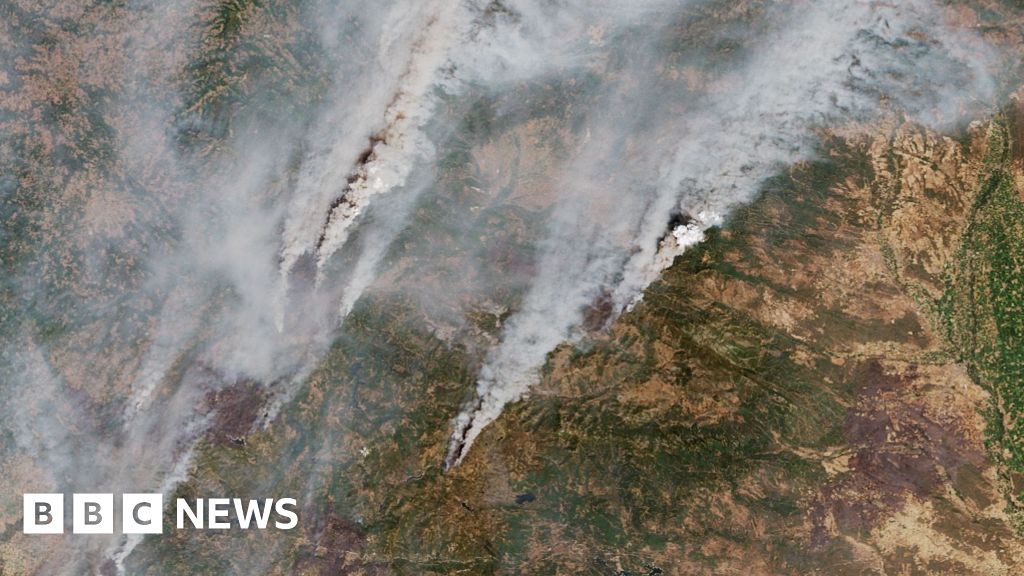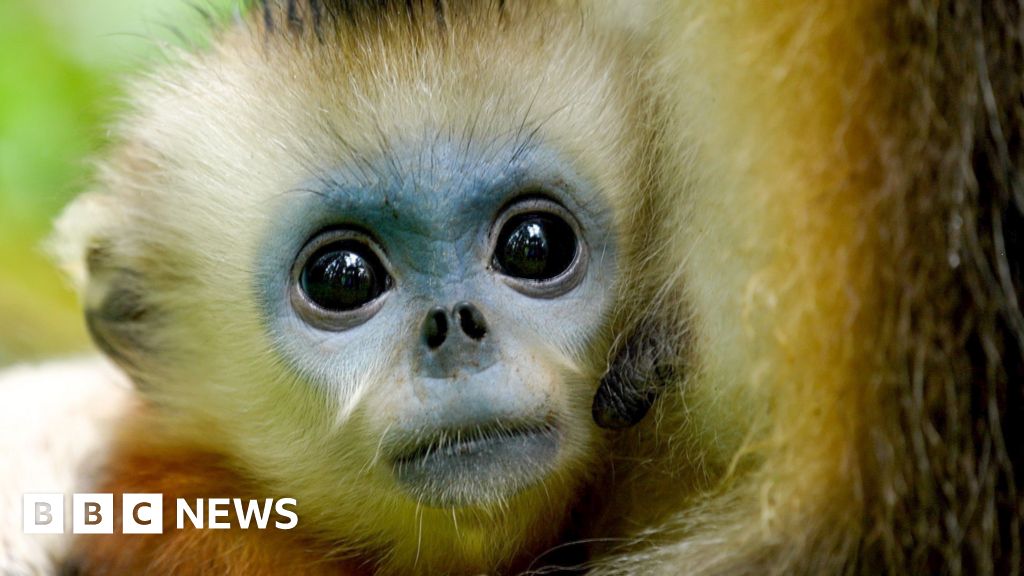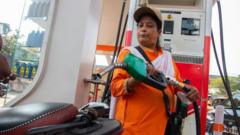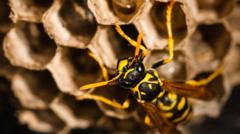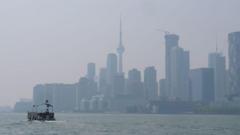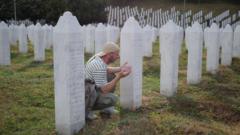In Sarajevo, it seems to be the Year of the Rat again, as social media is flooded with alarming images of rodents swimming in the Miljacka River. Residents of the Bosnian capital are frustrated by the filthy conditions, including overflowing rubbish containers and a lack of action to remove dead animals from public spaces like children's playgrounds. These unsanitary conditions are perfect for rats to thrive, but humans are the ones paying the price.
Health experts are warning of a rise in rat-borne diseases, with recent reports indicating a spike in leptospirosis cases at the city’s largest hospital. This infection, sometimes called “rat fever,” spreads to humans through contaminated water or soil and can lead to severe symptoms, including headaches, muscle pain, jaundice, and kidney failure.
In response to this growing health threat, local authorities have declared an epidemic and are implementing emergency measures, including a major clean-up campaign. Extra municipal workers equipped with disinfectants are being deployed across the city, schools have been instructed to ensure their playgrounds are clean, and rubbish collection is being ramped up.
This proactive response stands in stark contrast to the previous two years, during which pest control efforts were almost nonexistent, largely blamed on a failed tender process. A local health minister has described the situation as a community crisis rather than a health one, highlighting the systematic failures in municipal hygiene.
Meanwhile, concerns are mounting about the potential for other diseases like hantavirus, especially with a growing population of “well-fed rats.” Sarajevo has so far been fortunate, as recent leptospirosis cases have not resulted in severe outcomes, but the urgency for action remains clear. Without immediate intervention, the fear is that the health situation could worsen in the months to come.

